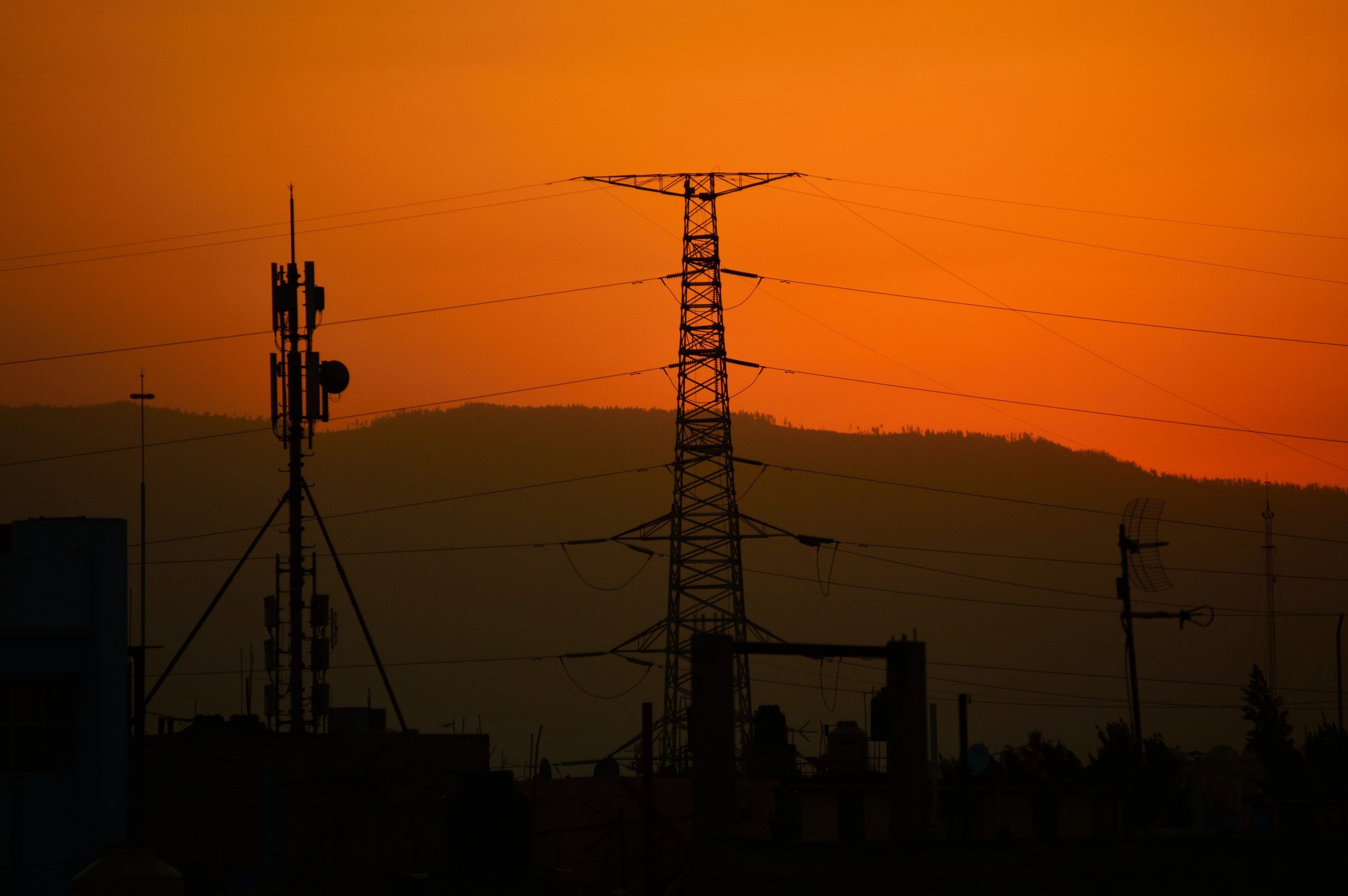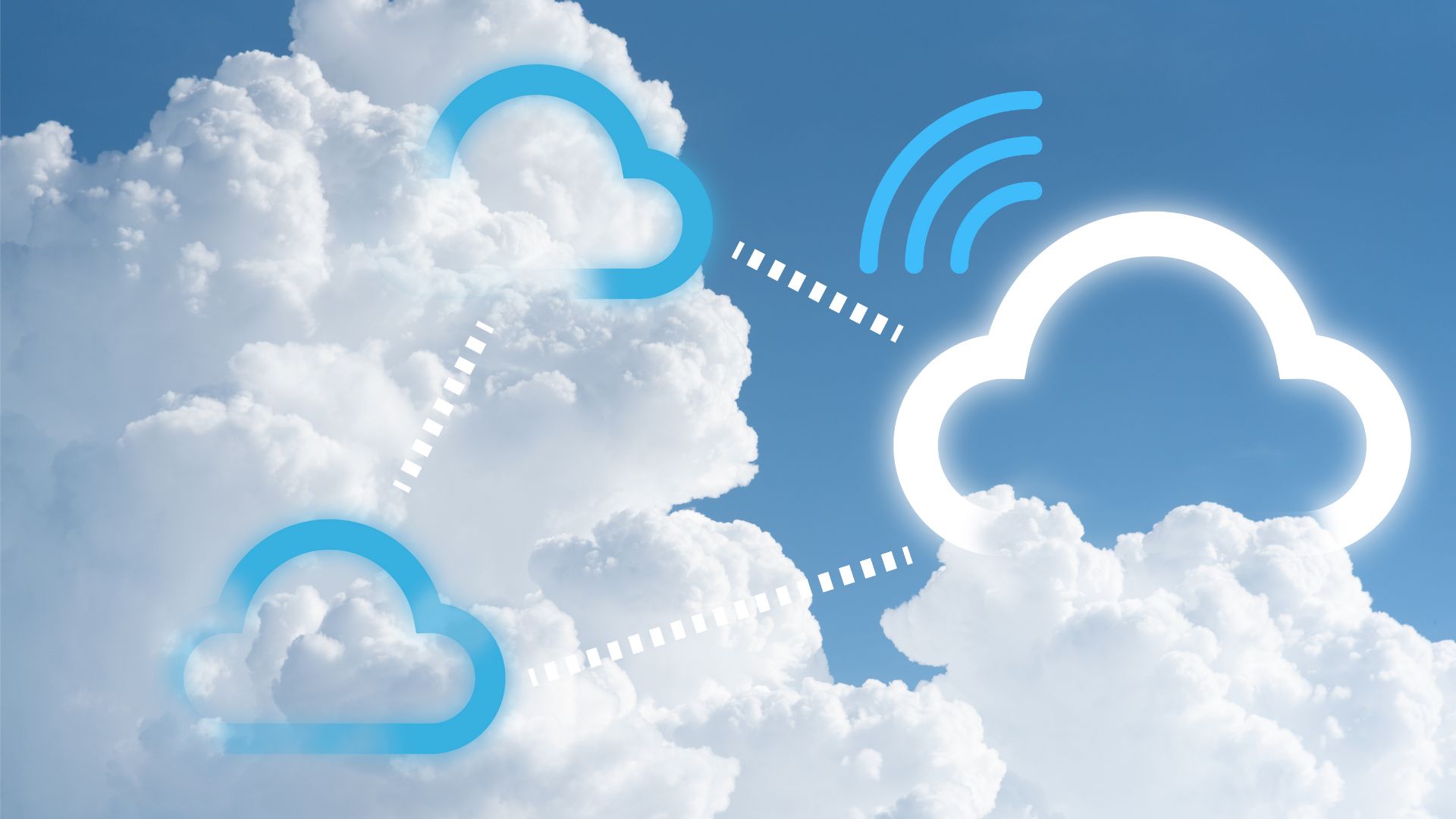In this article from Procal, you will be learning about the transmission media and the problems faced due to signal degradation.
The entire communication system involves the transmission of a detailed electromagnetic signal via a visible area separating the transmitter from the receiver. All transmitted signals are destroyed to some extent by the area in which they transmit. The signal reduction can occur in many ways, but it usually falls into three categories: noise, distortion, and diminished (decrease in power). Sound is the presence of random, unexpected, and unpredictable electromagnetic emissions that can hide the signal of the target information. Distorting any unwanted changes in the amplitude or phase of any information signal component causes a change in the overall signal format. Both noise and distortion are frequently introduced by all transmission media, and both lead to errors in reception. The related effect of these factors on reliable communication depends on the degree of information transmission, the reliability required at the time of receipt, and on whether the communication should take place “in real-time” —that is, in telephone interviews and video teleconferencing.
Various moderation and coding techniques are designed to provide protection against errors caused by channel distortion and channel noise. In addition to these signal-processing strategies, protection from reception errors can be provided by increasing the transmitter’s power, thereby increasing the signal-to-audio ratio (the signal-to-audio ratio). However, even strong signals weaken to a certain extent as they pass through the transmission area. The main cause of energy loss is dispersion, the conversion of part of the magnetic field into another form of energy such as heat. In social media, channel reductions are usually expressed in decibels (dB) per unit distance. The reduction in zero decibels means that the signal is transmitted without loss; three decibels means that signal strength is reduced by half. The constraint structure of the channel as the signal frequency varies is known as the reduction spectrum, while the average reduction across the range of the signal frequency transmitted is defined as the reduction coefficient.
Channel reduction is an important factor in the use of each transmission point. Along with noise and distortion, it can affect the choice of one item over another. As noted in the introduction to this article, modern communication systems use three main media: cable, radio, and optical.
This was about the transmission media and signal corruption problem discussed briefly by Procal.






